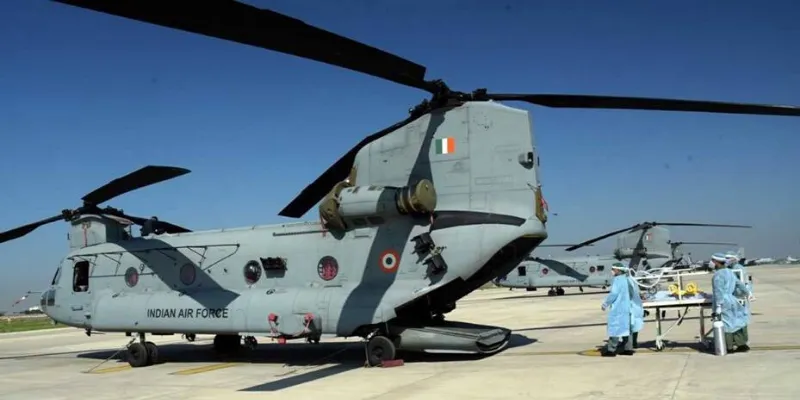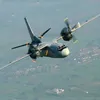IAF develops airborne rescue pods to save lives of critically ill patients
The Indian Air Force (IAF) has designed, developed, and inducted an Airborne Rescue Pod for Isolated Transportation (ARPIT) at a cost of Rs 60,000 to evacuate individuals from high altitude, and isolated and remote areas during times of medical emergencies.
As the number of coronavirus cases continues to increase in the country, the Indian Air Force (IAF) has come up with an innovation to help critically ill patients including those with infectious diseases. The IAF has designed, developed, and inducted an Airborne Rescue Pod for Isolated Transportation (ARPIT) to evacuate individuals from high altitude, and isolated and remote areas during times of medical emergencies.
The initial prototype of the pod was built by 3 - Base Repair Depot (BRD), the Chandigarh-based Maintenance Command of the IAF. As soon as COVID-19 was declared a pandemic by the World Health Organisation (WHO), the IAF personnel saw the necessity to develop an air evacuation system to assist the ailing people, especially the ones who test positive for COVID-19.

Presently, the IAF is inducting seven ARPITS.
“The system has been developed as a lightweight isolation pod made from aviation certified material. It has a transparent and durable cast Perspex for enhanced patient visibility which is larger, higher, and wider than the existing models,” said a Ministry of Defence press release.
The IAF has used indigenous materials to create the pod and the total cost of the product stands at Rs 60,000. This is said to be more reasonable when compared to the imported systems which come with a price tag of up to Rs 60 lakh.

Image credit:The Indian Express
The ARPIT utilises High Efficiency Particulate Air (HEPA) H-13 class filters and supports invasive ventilation using a transport ventilator. They also have a transparent and resilient cast Perspex for enhanced visibility of the patient. The isolation system consists of air exchanges, medical monitoring instruments, life support instruments (defibrillator with multipara monitor, pulse oximeter, infusion pumps) as well as ventilation to an intubated patient.

All the design requirements were based on guidelines issued by Ministry of Health and Family Welfare (MoHFW), National Accreditation Board for Hospitals and Healthcare Providers (NABH) and Centre for Disease Control (CDC), USA.
Additionally, it generates consistent negative pressure to prevent the risk of the virus spreading to healthcare workers, air crew, and ground crew during transportation, reported The Tribune.
Edited by Javed Gaihlot







